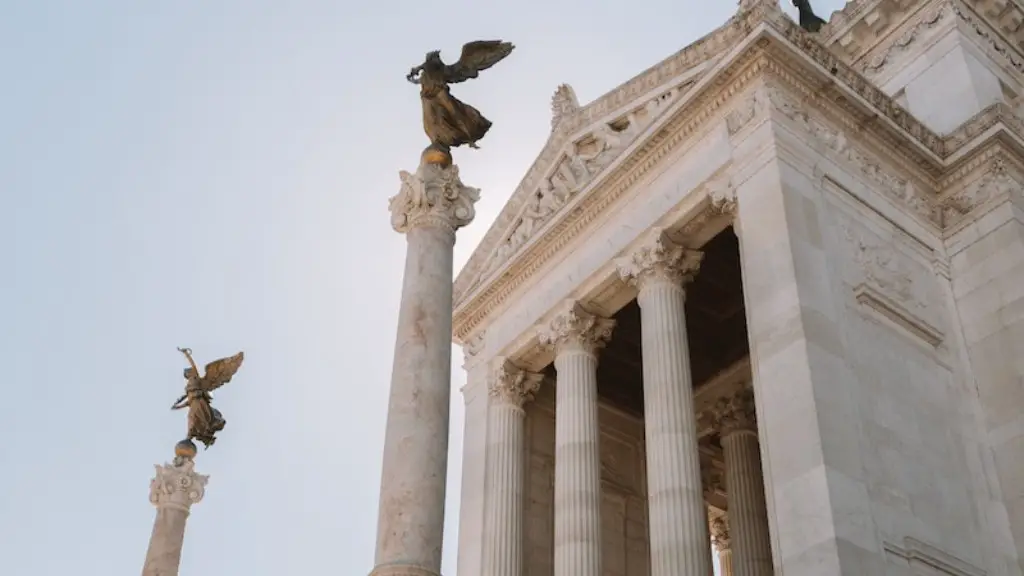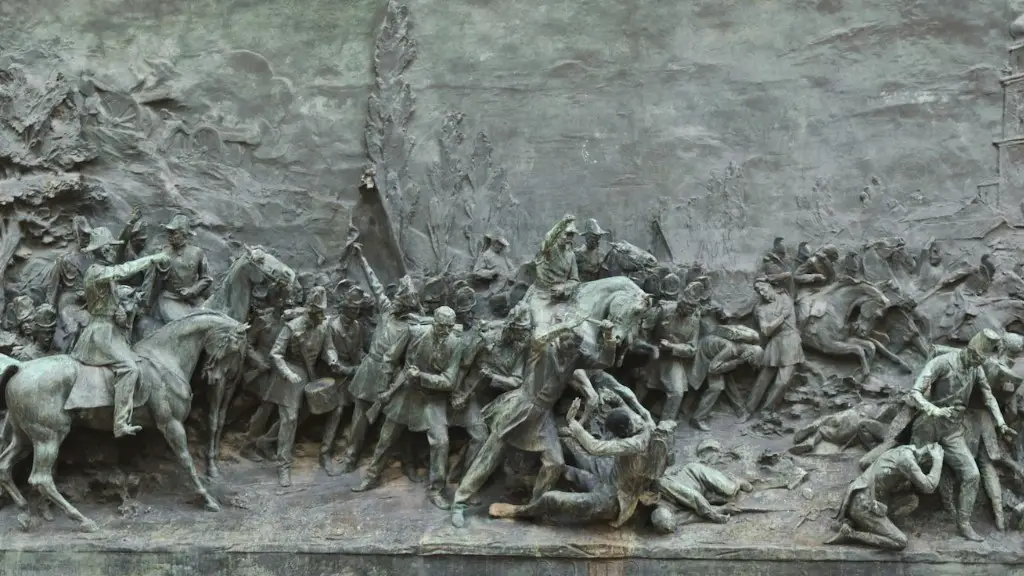Slavery in Ancient Rome
Slavery in Ancient Rome was an ancient institution that was ubiquitous and made life in the Roman Empire easier in many ways. All people in Roman society, from the highest levels to the lowest, were bound by some means to the employment of slaves. There were four main types of slaves in Ancient Rome, categorized by their origin and the duties they served in society.
Types of Slaves
First were conquered captives who were taken as slaves by conquering Roman forces during military campaigns and raids. They were typically foreign slaves and were typically made to serve in large estates, often times being treated harshly and used for hard labor. This group could also include criminals or prisoners of war who were sentenced to slavery.
Second were slaves who were born into slavery; these were typically “war booty-slaves.” They were the offspring of captive slave women and the soldiers who conquered them and were guaranteed freedom upon reaching adulthood. Depending on the circumstances of their birth, these slaves may have even been granted some of the most privileged positions in Roman society.
Third were the manumitted slaves. These were slaves who were granted their freedom by their owners, either through a contractual agreement or because of their faithful service. Manumitted slaves were often considered citizens of Rome, but they were still at a social disadvantage due to their status as former slaves.
Finally, there were the professional slaves. These slaves were bought and sold between individuals who wanted specific skillsets and were more often associated with urban settings, working as secretaries, mediators, or tutors. They were generally well-treated and lived lives of relative privilege compared to the other types of slaves.
The Impact of Slavery
Slavery was a deeply entrenched institution in Ancient Rome and made a major impact on the development of Roman society. Slaves provided a cost-effective and flexible labor source for all manner of tasks, allowing for a surplus of free time and resources for all members of society, from the patricians who owned large estates to the plebeians who bought and sold the professional slaves.
Slavery was also a major source of revenue for the Roman state. Captured slaves were sold and taxes were levied on slave owners, providing a hefty profit. The Roman state even offered financial incentives for people to manumit their slaves, as freeing a slave granted them privileges which could work in their favor.
Finally, slavery was an important source of sociopolitical stability in Ancient Rome. With a sufficient level of order, the Roman Senate was able to institute a system of checks and balances that allowed for increasing levels of personal freedom and civil rights, leading to greater civil harmony and a more prosperous society.
Treatment of Slaves
The way slaves were viewed and treated varied depending on their origin, the period in which they lived, and the level of personal wealth they enjoyed. Generally, foreign slaves were poorly treated and had very few rights. In contrast, professional slaves who enjoyed a higher level of freedom and educational opportunities were treated more humanely.
In general, slaves had few legal rights and could be killed or physically punished for minor offenses by their owners. They could own property, but could not pass on inheritance or hold public office. Slaves were even allowed to practice certain trades, but only with the permission of their owner.
Slavery and Religion
Religion also played an important role in Roman slavery. Slaves were allowed to practice their own religions but were still expected to pay obeisance to the gods of their owners. For example, if a slave wanted to practice Mithraism, they would be obliged to pay homage to the more widely accepted gods of Rome as well.
Manumission
Manumission, or the process of freeing a slave, was an important topic in Ancient Rome. Though some slaves were set free automatically upon the death of their owner, others had to resort to legal proceedings or had to buy their freedom.
Freeing a slave was not only a moral obligation — it was considered a right that was granted to all slaves regardless of their origin or societal status. In addition, freeing a slave provided a public demonstration of piety and was often seen as a pious act by the Roman gods.
The Decline of Slavery
While slavery was an important economic and social institution in Ancient Rome, its prevalence steadily declined from the 3rd century BCE onwards. During the empire’s later years, slave labor was replaced by peasant labor and the institution lost much of its economic importance.
The decline of slavery was largely due to the rise of Christianity, which viewed the institution as immoral and called for the freeing of slaves. The church actively pushed for the abolishment of slavery and campaigned for the rights of freed slaves, further hastening its demise.
Legacy of Slavery
Though slavery was abolished in Ancient Rome centuries ago, its legacy remains to this day. Along with the other cultural influences that Rome made in the world, from its laws and art to its architecture and language, slavery has left its mark on the modern world in many ways.
Today, there is still much debate about the moral implications of slavery, its economic benefits, and its effects on society. This ongoing discussion is a testament to the lasting legacy of the institution in Ancient Rome.


